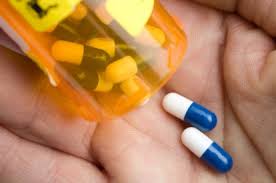Stimulant and depressant drugs are often referred to as “uppers” and “downers”. The difference between the two has to do with the effects they have on one’s body and mind. As the names suggest, stimulants cause stimulation in the body, while depressants cause sedation.
A depressant is a drug that slows down bodily functions, including heart rate and breathing.
The user tends to feel sluggish or tired. Examples of a depressant drug include heroin, OxyContin, benzodiazepines, and marijuana. This type is often used for pain medication, sleep aids, and anti-anxiety pills. A drug overdose of a depressant is often deadly because the heart and lungs slow down until they stop working. This can also happen when a depressant is mixed with alcohol.
Examples of a stimulant drug include cocaine, crystal meth, ecstasy, PCP, and even caffeine is a stimulant. These drugs speed up or excite all or part of the user’s body. The result is that the individual becomes more active. They may stay awake longer, talk more, be overly confident, not eat, and/or become more excited.
Some of these drugs can cause violent behaviors. Eventually though, the body must recover from this increase in activity caused by the drug. This is often called crashing. The person can then become extremely fatigued, depressed, irritable, and/or paranoid. Harmful health consequences including heart attacks and seizures can result from the increase in heart rate and brain activity.
Alcohol is somewhat of a unique case. For the vast majority of people, alcohol is a depressant that slows them down and makes them sleepy. However, long-time drinkers who have alcoholism can have a feeling of euphoria and energy from drinking that makes it a stimulant. This is because their body has become so accustomed to the substance that it can’t operate properly without it.


